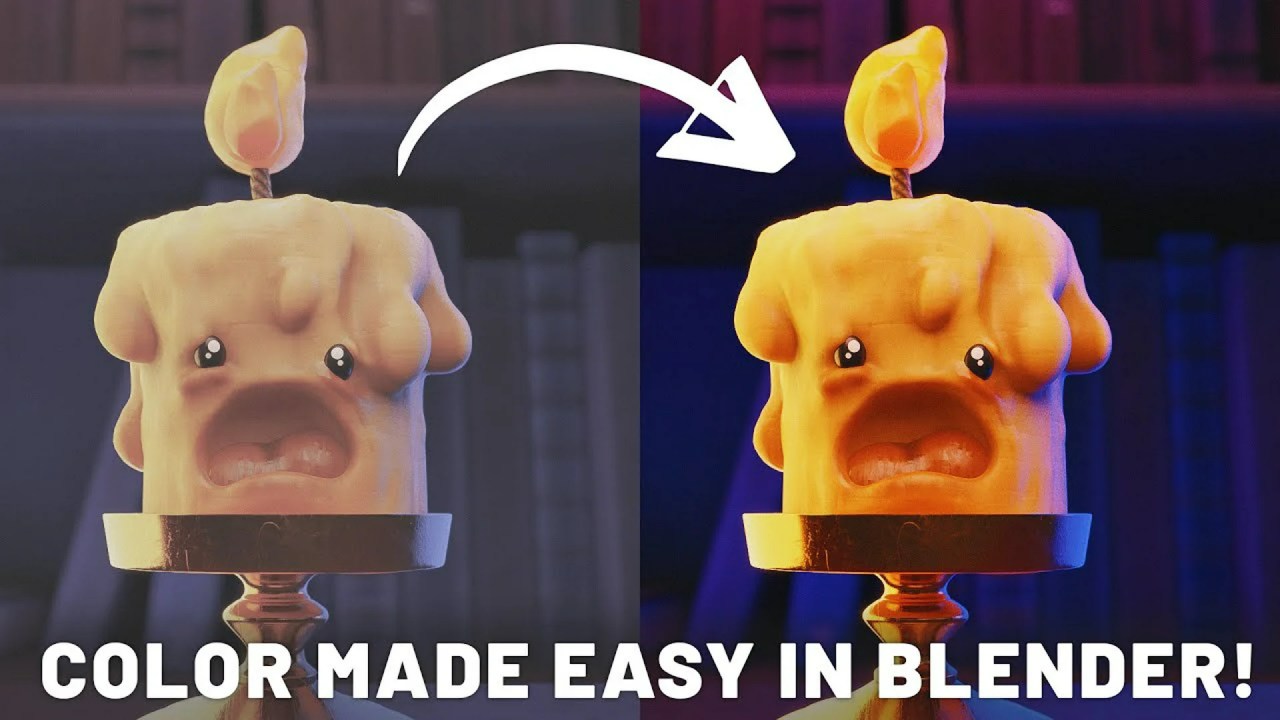Rive introduces its powerful new Libraries feature, enabling creators to publish and reuse components with dynamic data across projects. This update brings enhanced consistency, scalability, and collaborative workflows for interactive design.
The world of interactive design is constantly evolving, demanding more efficient ways to manage assets and ensure consistency across large-scale projects. Addressing this critical need, the team at Rive has just rolled out its highly anticipated Libraries feature. This significant update promises to revolutionize how designers and developers collaborate on interactive animations, providing robust version control and a foundation for scalable design systems.
Rive, known for its innovative approach to creating real-time interactive animations for web, app, and game interfaces, has always empowered users to build dynamic experiences. Their new Libraries take this a step further by allowing you to publish components and dynamic data once, then reuse them seamlessly throughout your entire project. This prevents file bloat and asset drift, ensuring your team remains perfectly in sync.
With Libraries, components become the bedrock of a consistent and scalable design language. Updates to published components flow downstream with ease, complete with version history and notifications. This keeps everyone on the same page without the usual headaches of managing multiple asset versions. And if a component no longer fits your needs, you can simply detach it, keeping a local copy that remains unaffected by future library updates.
The Rive team has outlined a clear workflow for this powerful feature. You begin by creating a library file containing your desired components, such as icons, giving them human-readable names and organizing them logically. Once published, these components become accessible to other project files. Any changes made to the library, like altering an icon’s appearance, can be selectively published. This means you have granular control, choosing to release only specific updates while others remain as ‘work in progress.’
Host files will receive visual indicators for available updates, allowing collaborators to integrate the latest versions seamlessly. A crucial aspect of Libraries is the ability to manage versions. Host files can choose to revert to an older version of a component and even ‘pin’ it, signaling to others that a specific version is preferred. This flexibility is invaluable for maintaining stability in complex projects.
One interesting nuance is how component deletion is handled. If a component is deleted from the source library file, it will still appear in host files, rendering as it did in its last available version. This is because deleting from the source doesn’t remove its availability from the published library. For a more definitive removal, a library can be ‘unpublished,’ which prevents new instances from being dragged in. However, existing instances will remain functional, highlighting the robustness of the system.
The Libraries feature is available for Rive’s Voyager and Enterprise customers. While Rive does offer a free tier for individual creators, access to this advanced collaborative and organizational tool requires a paid plan. The company also plans to expand Libraries into full design system tooling in the future, incorporating more advanced colors, interpolation presets, and typography.
This update solidifies Rive’s position as a leading platform for interactive animation, offering robust solutions for teams looking to create consistent, scalable, and dynamic user experiences. To learn more about Rive and its capabilities, including this new Libraries feature, explore our articles on Rive.
Sources:
📚 New Feature Alert: Libraries
Updates in the Library



